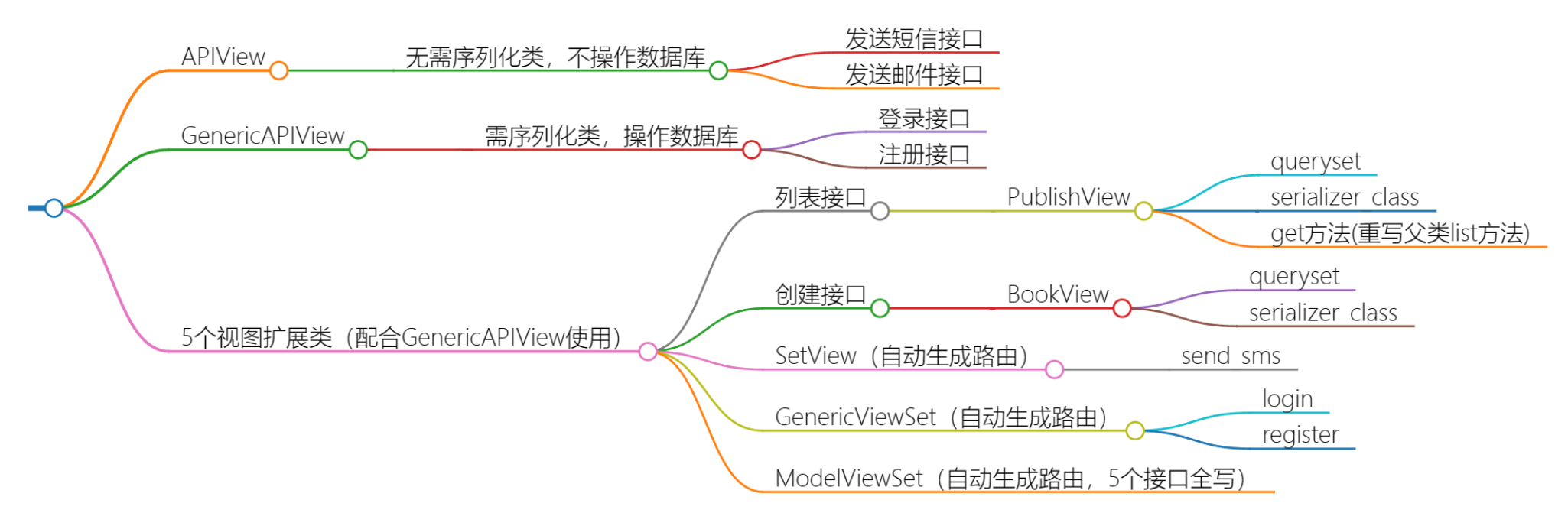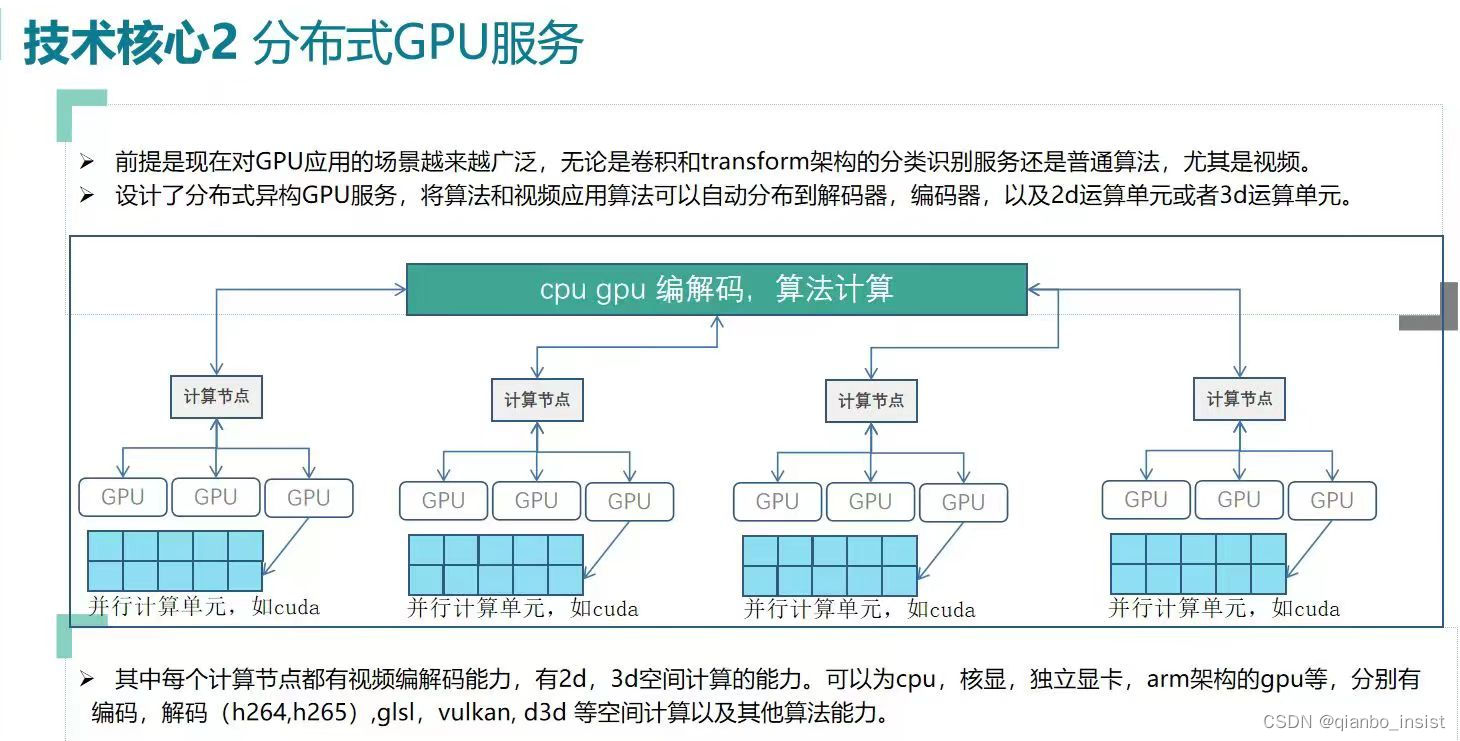启发式算法是一种通过启发式信息来引导搜索的算法,常用于解决那些在合理时间内难以找到最优解的问题。本文将介绍几种常用的启发式算法,包括贪心算法、遗传算法和模拟退火算法,并提供Java代码实现及测试,帮助读者深入理解这些算法的原理和应用。
1. 贪心算法(Greedy Algorithm)
贪心算法是一种简单而有效的启发式算法,它通过每一步都选择当前状态下最优的解决方案来达到全局最优解。虽然贪心算法不能保证获得最优解,但在某些问题上表现出色,例如最小生成树、最短路径等。以下是贪心算法的Java实现及测试:
import java.util.*;
public class GreedyAlgorithm {
public static List<Integer> findMinimumSet(int[] nums, int target) {
Arrays.sort(nums);
List<Integer> result = new ArrayList<>();
int sum = 0;
for (int i = nums.length - 1; i >= 0; i--) {
if (sum + nums[i] <= target) {
sum += nums[i];
result.add(nums[i]);
}
}
return result;
}
public static void main(String[] args) {
int[] nums = {1, 3, 2, 4, 6, 5};
int target = 10;
List<Integer> result = findMinimumSet(nums, target);
System.out.println("Greedy Algorithm Result: " + result);
}
}2. 遗传算法(Genetic Algorithm)
遗传算法是一种模拟生物进化过程的启发式算法,通过模拟遗传、交叉和变异等操作来搜索解空间中的最优解。遗传算法适用于解决复杂的优化问题,例如旅行商问题、装箱问题等。以下是遗传算法的Java实现及测试:
import java.util.*;
public class GeneticAlgorithm {
private static final int POPULATION_SIZE = 10;
private static final int CHROMOSOME_LENGTH = 8;
private static final int MAX_GENERATIONS = 100;
private static final double MUTATION_RATE = 0.1;
private static Random random = new Random();
// 随机生成染色体
private static int[] generateChromosome() {
int[] chromosome = new int[CHROMOSOME_LENGTH];
for (int i = 0; i < CHROMOSOME_LENGTH; i++) {
chromosome[i] = random.nextInt(2); // 0或1
}
return chromosome;
}
// 计算染色体的适应度(假设目标是所有基因都为1)
private static int calculateFitness(int[] chromosome) {
int fitness = 0;
for (int gene : chromosome) {
fitness += gene;
}
return fitness;
}
// 选择父代
private static int[][] selectParents(int[][] population) {
int[][] parents = new int[2][CHROMOSOME_LENGTH];
// 根据适应度进行轮盘赌选择
int totalFitness = Arrays.stream(population).mapToInt(chromosome -> calculateFitness(chromosome)).sum();
int threshold = random.nextInt(totalFitness);
int accumulatedFitness = 0;
for (int[] chromosome : population) {
accumulatedFitness += calculateFitness(chromosome);
if (accumulatedFitness >= threshold) {
parents[0] = chromosome;
break;
}
}
threshold = random.nextInt(totalFitness);
accumulatedFitness = 0;
for (int[] chromosome : population) {
accumulatedFitness += calculateFitness(chromosome);
if (accumulatedFitness >= threshold) {
parents[1] = chromosome;
break;
}
}
return parents;
}
// 交叉操作
private static int[][] crossover(int[] parent1, int[] parent2) {
int crossoverPoint = random.nextInt(CHROMOSOME_LENGTH);
int[] child1 = new int[CHROMOSOME_LENGTH];
int[] child2 = new int[CHROMOSOME_LENGTH];
System.arraycopy(parent1, 0, child1, 0, crossoverPoint);
System.arraycopy(parent2, crossoverPoint, child1, crossoverPoint, CHROMOSOME_LENGTH - crossoverPoint);
System.arraycopy(parent2, 0, child2, 0, crossoverPoint);
System.arraycopy(parent1, crossoverPoint, child2, crossoverPoint, CHROMOSOME_LENGTH - crossoverPoint);
return new int[][] {child1, child2};
}
// 变异操作
private static void mutate(int[] chromosome) {
for (int i = 0; i < CHROMOSOME_LENGTH; i++) {
if (random.nextDouble() < MUTATION_RATE) {
chromosome[i] = 1 - chromosome[i]; // 0变1,1变0
}
}
}
// 遗传算法主函数
public static void geneticAlgorithm() {
// 初始化种群
int[][] population = new int[POPULATION_SIZE][CHROMOSOME_LENGTH];
for (int i = 0; i < POPULATION_SIZE; i++) {
population[i] = generateChromosome();
}
// 进化过程
for (int generation = 1; generation <= MAX_GENERATIONS; generation++) {
// 选择父代
int[][] parents = selectParents(population);
// 交叉操作
int[][] offspring = crossover(parents[0], parents[1]);
// 变异操作
for (int[] child : offspring) {
mutate(child);
}
// 更新种群
population = offspring;
// 输出每一代的最优解
int maxFitness = 0;
for (int[] chromosome : population) {
int fitness = calculateFitness(chromosome);
if (fitness > maxFitness) {
maxFitness = fitness;
}
}
System.out.println("Generation " + generation + ", Max Fitness: " + maxFitness);
}
}
// 测试函数
public static void main(String[] args) {
geneticAlgorithm(); // 执行遗传算法
}
}3. 模拟退火算法(Simulated Annealing)
模拟退火算法是一种基于物理学原理的启发式算法,通过随机扰动和接受劣解的概率来逐步减小系统温度,从而搜索解空间中的最优解。模拟退火算法适用于解决组合优化、函数优化等问题。以下是模拟退火算法的Java实现及测试:
import java.util.Random;
public class SimulatedAnnealing {
// 目标函数,这里以一个简单的示例函数为例
public static double objectiveFunction(double x) {
return Math.sin(x) / x;
}
// 模拟退火算法实现
public static double simulatedAnnealing(double initialTemperature, double coolingRate, double minValue, double maxValue) {
Random rand = new Random();
double currentSolution = rand.nextDouble() * (maxValue - minValue) + minValue; // 初始解
double temperature = initialTemperature; // 初始温度
while (temperature > 0.1) { // 设定停止条件
double newSolution = currentSolution + (rand.nextDouble() * 2 - 1); // 随机扰动
double currentEnergy = objectiveFunction(currentSolution);
double neighborEnergy = objectiveFunction(newSolution);
if (neighborEnergy > currentEnergy || rand.nextDouble() < Math.exp((currentEnergy - neighborEnergy) / temperature)) {
currentSolution = newSolution; // 接受劣解
}
temperature *= 1 - coolingRate; // 降低温度
}
return currentSolution;
}
public static void main(String[] args) {
double initialTemperature = 1000; // 初始温度
double coolingRate = 0.03; // 温度衰减率
double minValue = -10; // 解的最小值范围
double maxValue = 10; // 解的最大值范围
double result = simulatedAnnealing(initialTemperature, coolingRate, minValue, maxValue);
System.out.println("Simulated Annealing Result: " + result);
System.out.println("Objective Function Value: " + objectiveFunction(result));
}
}结论
启发式算法是解决复杂问题的有效工具,常用于那些难以找到最优解的问题。本文介绍了贪心算法、遗传算法和模拟退火算法的原理及Java实现,并提供了相应的测试代码。读者通过学习本文,可以深入了解这些常用的启发式算法,并在实际项目中灵活运用,提高问题解决的效率和准确性。
感谢您阅读本文,欢迎“一键三连”。作者定会不负众望,按时按量创作出更优质的内容。
❤️ 1. 毕业设计专栏,毕业季咱们不慌,上千款毕业设计等你来选。




















![[Kubernetes] 云原生 Istio 介绍](https://img-blog.csdnimg.cn/direct/aabb610221374f948131fc6cc13314ea.png)
















